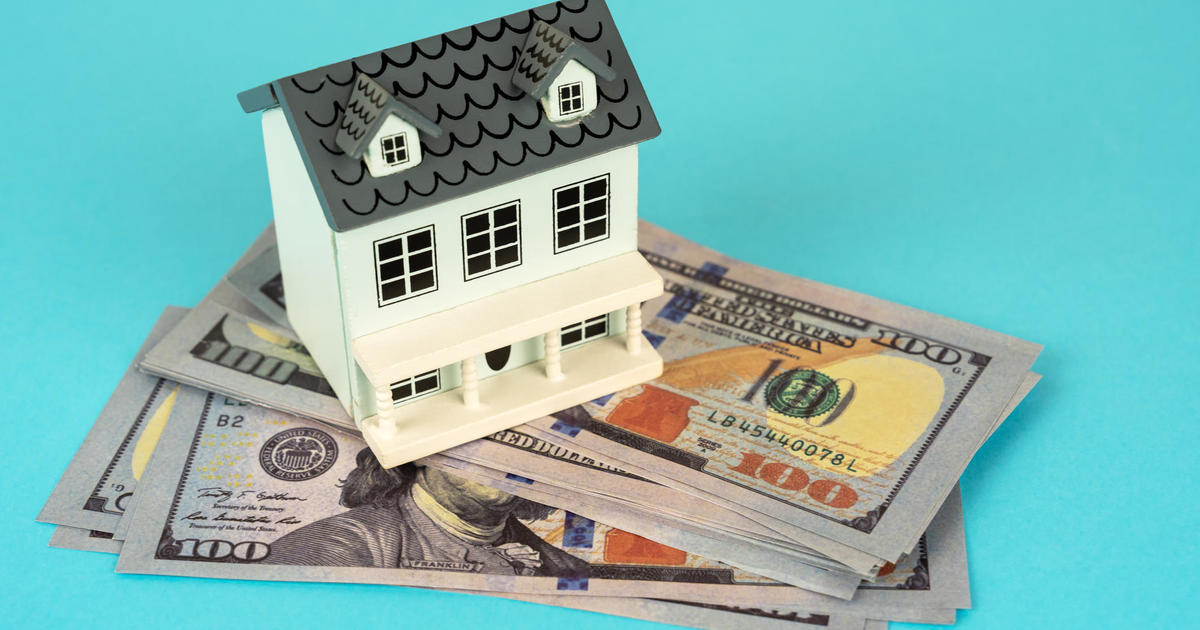3 things the Fed fears -- and so should you
Stocks were spooked badly earlier this week when Federal Reserve officials made comments that sounded like rising interest rates were a sure thing. Those hawkish remarks pushed the Nasdaq 100 below its 50-day moving average (a major trend indicator) for the first time since December. Even though Wall Street rebounded on Wednesday, investors should pay attention.
Clearly, the Fed has made a major change in tone from the years of monetary policy dovishness that investors had become accustomed to.
Despite some recent softness in the economic growth and inflation data, the Fed hiked interest rates again earlier this month. That's the third quarter-point hike since Election Day, a dramatic quickening from the prior pace of a single hike in December 2015.
Moreover, officials penciled in another rate increase before the year-end as well as the start of a rollback of its $4.4 trillion balance sheet swollen by years of asset purchases (QE1, QE2, etc.). That's a far more aggressive pace than the market believes is appropriate.
In their latest series of comments, Fed policymakers outlined their justification for action, summarized into these three overarching concerns. Investors should be watching closely because as long as these worries remain valid, the Fed will keep tightening the screws on interest rates, credit availability and thus the stock market's performance:
Market valuations/sentiment
Both Fed Chair Janet Yellen and Vice Chair Stanley Fischer noted that asset price valuations were extended. Fischer highlighted that equity price-earnings ratios are near the top of historical levels and that it would be "foolish to think all risks [are] eliminated" amid a "notable uptick in risk appetites in asset markets."
He's right: The widely followed Shiller p-e ratio, which smooths earnings over a 10-year window, has increased to nearly 30 and is on the verge of eclipsing the 1929 Black Tuesday high that ushered in the Great Depression. Only the dot-com bubble, with a ratio of nearly 45, exceeds the overvaluation stocks are getting now.
On Tuesday, San Francisco Fed President John Williams told an Australian TV interviewer that the stock market rally "still seems to be running very much on fumes" and that it "clearly is a risk to the U.S. economy."
Job market tightness
While inflation remains relatively tame, thanks to renewed weakness in energy prices, the unemployment rate has fallen to just 4.3 percent. In Yellen's press conference after the Fed's latest policy announcement a couple of weeks ago, she cited this along with other data points suggesting labor market tightness is a historical antecedent to higher inflation pressure.
On June 25, Williams warned that a very strong job market comes with risks. Namely, that if the Fed is too relaxed in its rate hike pace "the economy will eventually overheat, causing inflation or some other problem." On June 27, he added that he expected wage inflation to increase to a range of 3 percent to 3.5 percent.
Philadelphia Fed President Patrick Harker added on June 27 that he sees very little slack in the labor market and views the recent inflation weakness as temporary.
Financial stability risks
But above all, the Fed is slowly beginning to acknowledge its unofficial "third mandate": The risks that runaway markets pose to financial stability. (The central bank's two official mandates are price stability and maximum employment.)
Fischer warned that high financial market prices may lead to future stability risks. Put simply, if valuations become too extended, it could lead to a bubble, which will eventually pop and jeopardize the broader economy.
New York Fed President Bill Dudley admitted in a speech to the Bank for International Settlements on June 25 that the Fed has become frustrated by an easing of financial market conditions since the rate hike campaign started in 2015. This is the opposite of what policymakers wanted to see. And it's being driven in large part by the stock market's near-20 percent rise since that time.
Thus, Dudley warns, the Fed will likely keep tightening policy harder than the economic and inflation data in isolation would suggest so that it can cool investor sentiment, increase credit costs throughout the economy and prevent job market overheating and thus high inflation.
The trouble with all this: The Fed has a terrible record of engineering "soft landings" in the economy and financial markets. The last two tightening cycles resulted in major stock market losses and volatility. Once investors' speculative fever breaks, sentiment often devolves into panic and a rush to exit.
Gluskin Sheff economist David Rosenberg noted that there have been 13 bouts of Fed hawkishness since World War II. Ten have landed the economy in recession.




